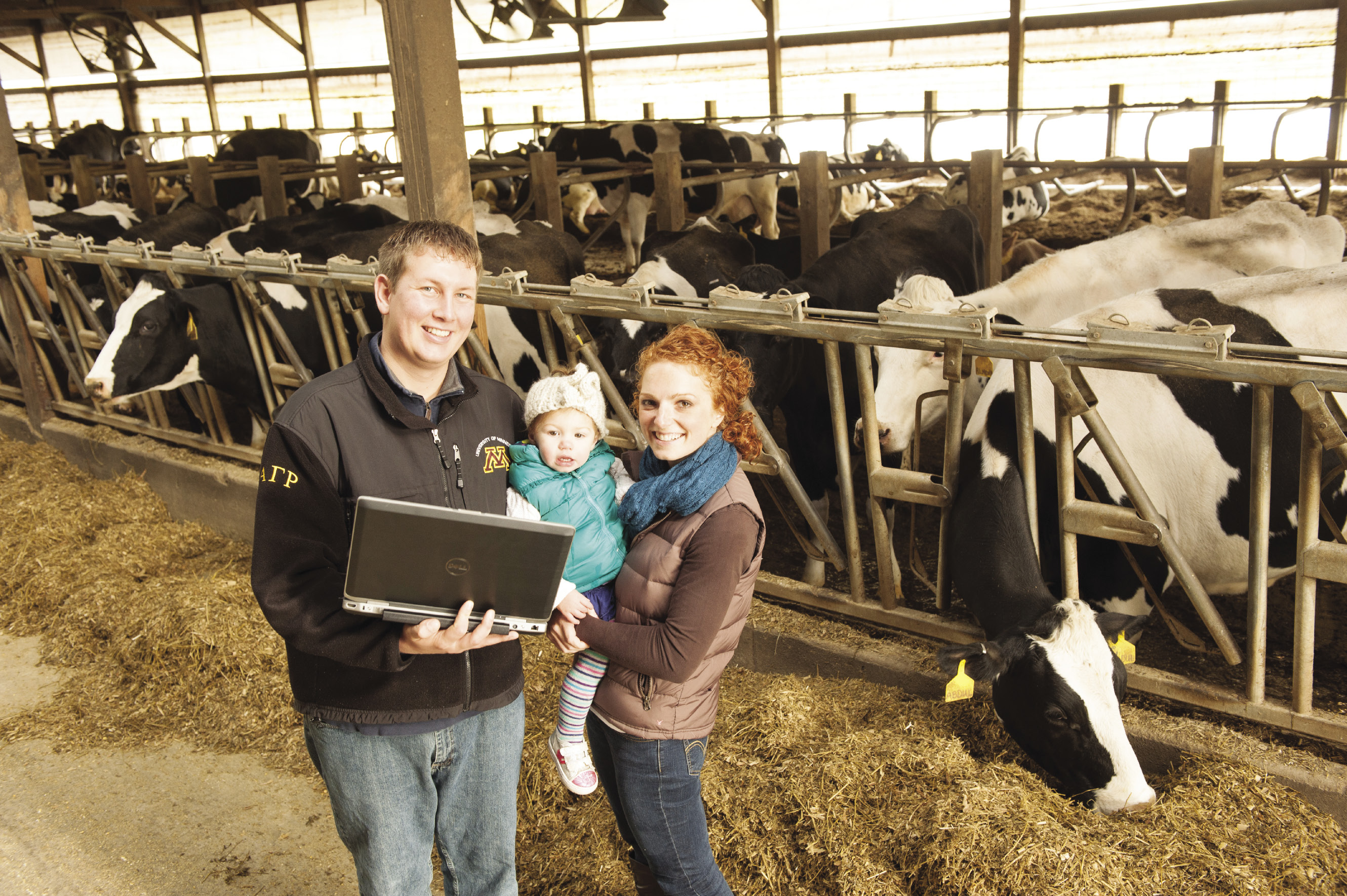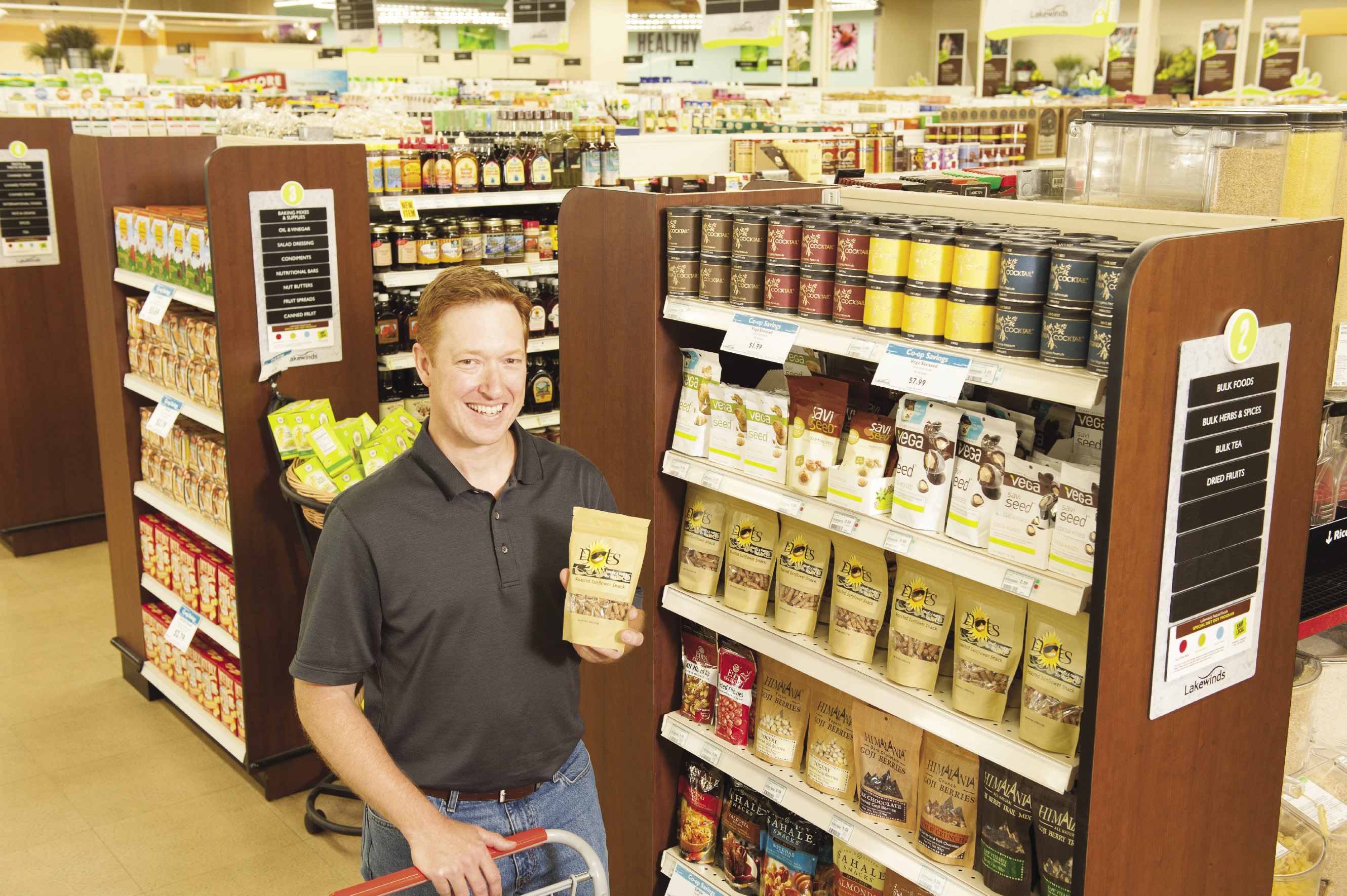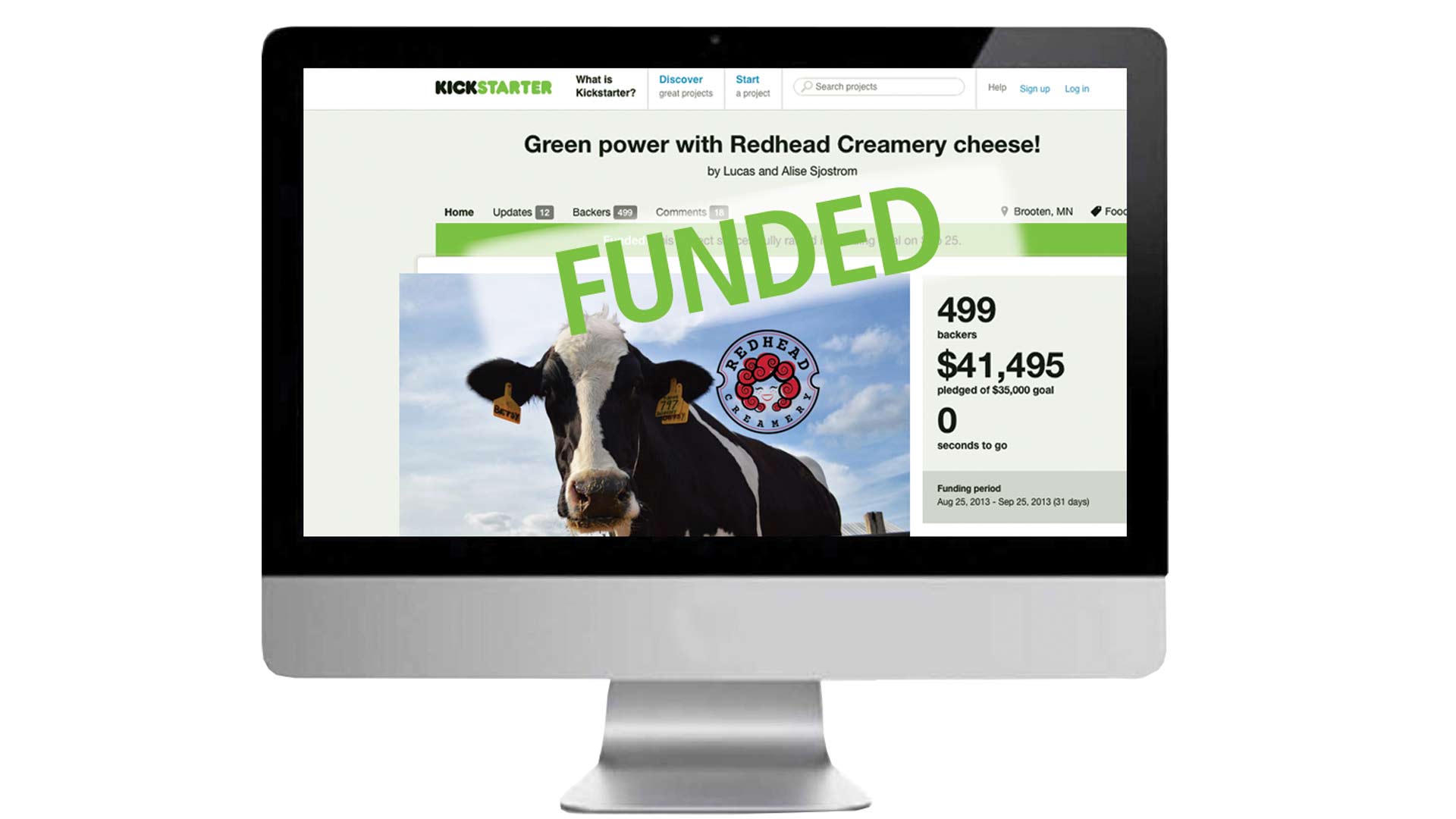Redhead Creamery
 Entrepreneurs discover that inventing their own unique pathway to success is part of inventing their business. They draw inspiration from the tales of other unusual business successes, and in turn become inspirations for the next
Entrepreneurs discover that inventing their own unique pathway to success is part of inventing their business. They draw inspiration from the tales of other unusual business successes, and in turn become inspirations for the next
great ideas.
Redhead Creamery has been the dream of Alise Sjostrom since she was 16 and toured a creamery for the first time. At 28, she and husband Lucas are due to break ground this winter on their own cheesemaking facility, thanks in part to a successful Kickstarter campaign (kickstarter.com). The Sjostroms earned $42,000, about 10 percent of their startup costs, although there are also expenses that came with the campaign.
The idea started when Lucas read a New York Times article about Kickstarter and thought, “This is genius!”
“I thought that if we ever did start this business, Kickstarter would be the perfect thing for us,” Lucas says. “In the meantime, I did a lot of research about what a campaign would look like and how many people we would need. We were surprised by how successful it was. We reached our goal eight days early. I got almost exactly how many people I thought we would. I set a goal of 500 contributors, and we reached 499. We were very pleasantly surprised.”
The site of the future creamery is the farm site where Alise grew up and the young couple now lives with their daughter Lucy; Alise’s parents, Jerry and Linda Jennisen, continue to operate the dairy farm.
“The beautiful thing about a Kickstarter campaign is that we didn’t need to give up any equity,” says Lucas. “We thought about an investor model at first. During the Kickstarter campaign, we even got offers from people willing to contribute in order to own part of the creamery, but the problem is that we have the house, then 150 feet away from that we’ll have the creamery and 50 feet away from that we’ll have the barn. To have part owners of all of those things just didn’t seem right.”
Kickstarter allows entrepreneurs to exchange products that aren’t created yet for the financial contributions. Contributors gave money in exchange for an assortment of gifts, including cheese boards and knives, parcels of cheese curds or aged cheddar to be delivered once production has begun. Those at a higher giving level earned a dinner on the farm.
“Crowd funding is a great way to get started because we know there’s demand out there before we take on a huge amount of debt,” explains Lucas.
Nots! Snacks
 There seem to be as many ways of raising a business’ public profile as there are businesses. Nots! Snacks — a gluten-free, non-nut snack with the crunch and savor of nuts — was a semifinalist in the Minnesota Cup contest (breakthroughideas.org). The contest offers cash prizes in six categories, as well as a $40,000 grand prize, to support and accelerate the development of breakthrough business ideas.
There seem to be as many ways of raising a business’ public profile as there are businesses. Nots! Snacks — a gluten-free, non-nut snack with the crunch and savor of nuts — was a semifinalist in the Minnesota Cup contest (breakthroughideas.org). The contest offers cash prizes in six categories, as well as a $40,000 grand prize, to support and accelerate the development of breakthrough business ideas.
“Getting that far in the Minnesota Cup offered validation—proof of concept. If you get local experts agreeing that you’ve got a good model and that you are on the right path, it’s a real boost,” explains Rob Fuglie, the founder of Nots! Snacks. “But even more importantly, the people who have invested in you and support you see that business experts believe in what you are doing.”
In addition to the Minnesota Cup competition, Fuglie discovered the Intuit Small Business Challenge, a contest run by the accounting software company. The prize: a commercial during the Super Bowl for your small business. In between production runs, Fuglie spent 10 hours crafting a video for the contest entry.
“People ask me all the time if I am going on ‘SharkTank’ — I guess that says something about the public’s interest in the product and our development,” says Fuglie, speaking of a popular TV show where small business owners pitch a group of potential investors who can take their business to the next level.
Scrappy, do-what-it-takes stories like these become tools at AURI as they advise other clients.
“They came up with the idea of using these incredible tools on their own,“ explains Becky Philipp, AURI project manager, about Redhead Creamery and Nots! Snacks. “But going forward, we’ll make use of these stories. Once a project has received approval assistance from AURI, we offer networking and other ideas in our toolbox to help move their work plans forward. So when we hear about really cool things our clients are doing, we take these stories and pass the ideas along where they make sense.”

